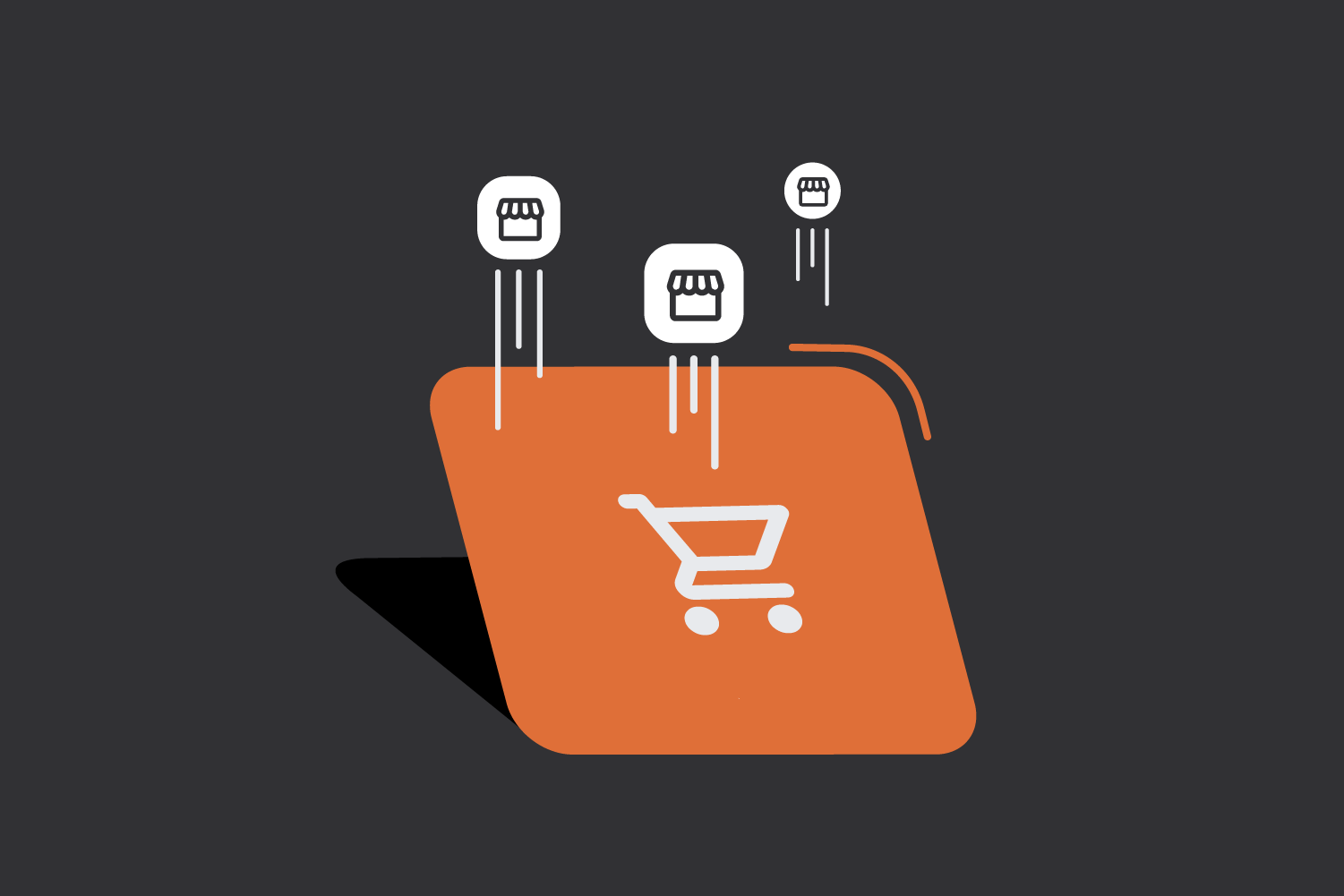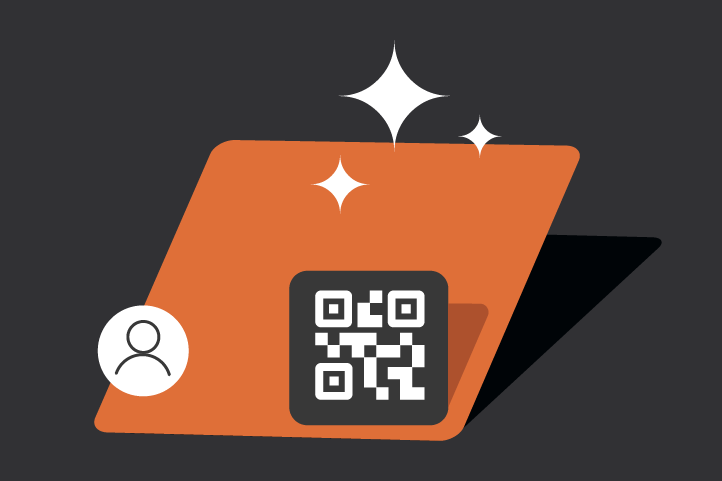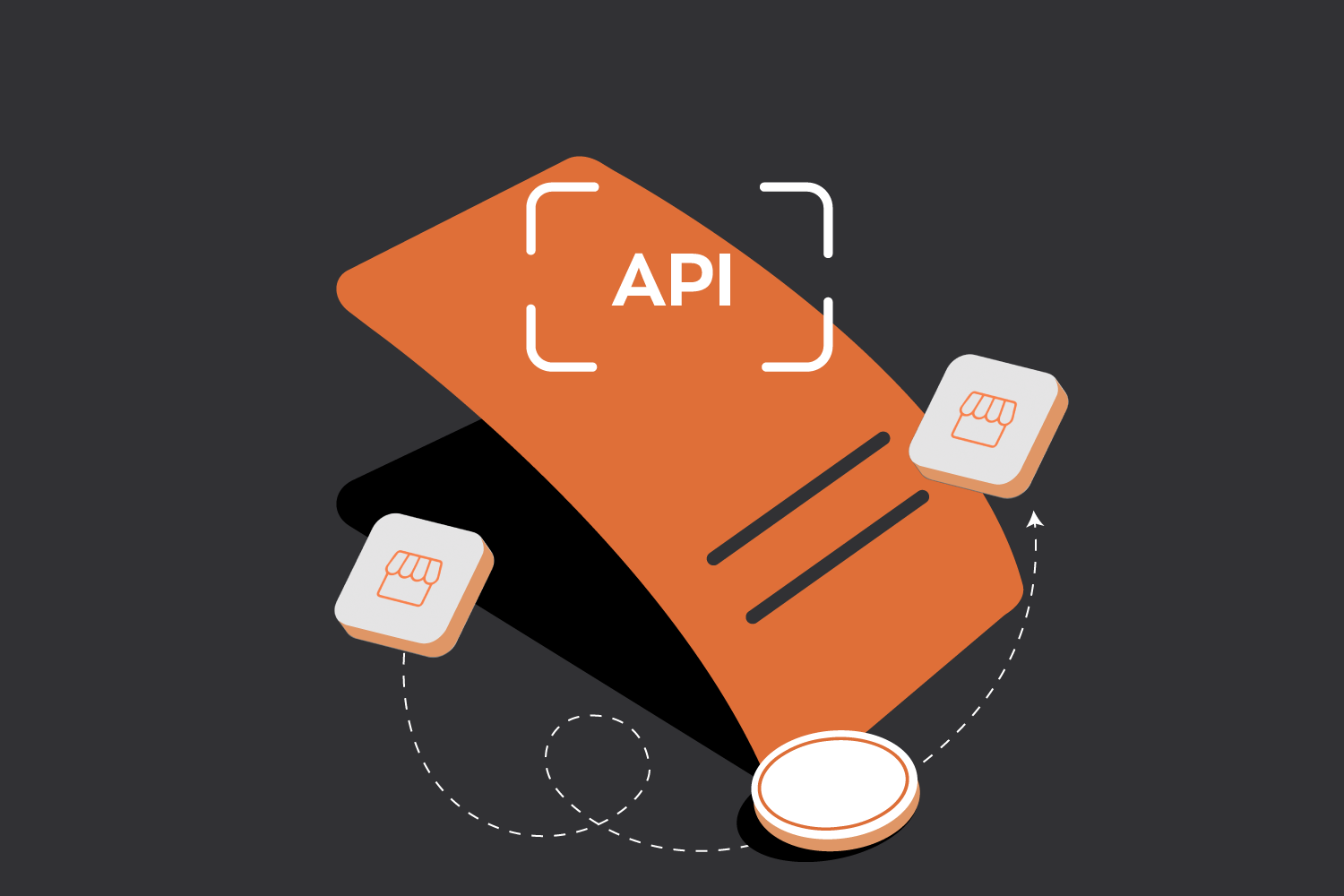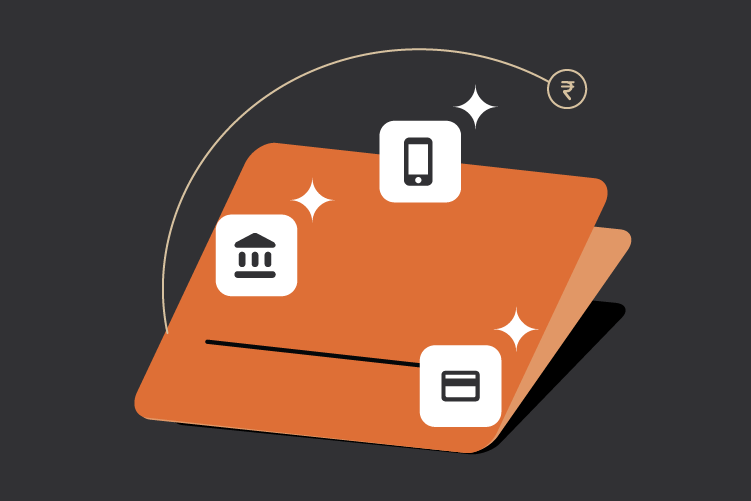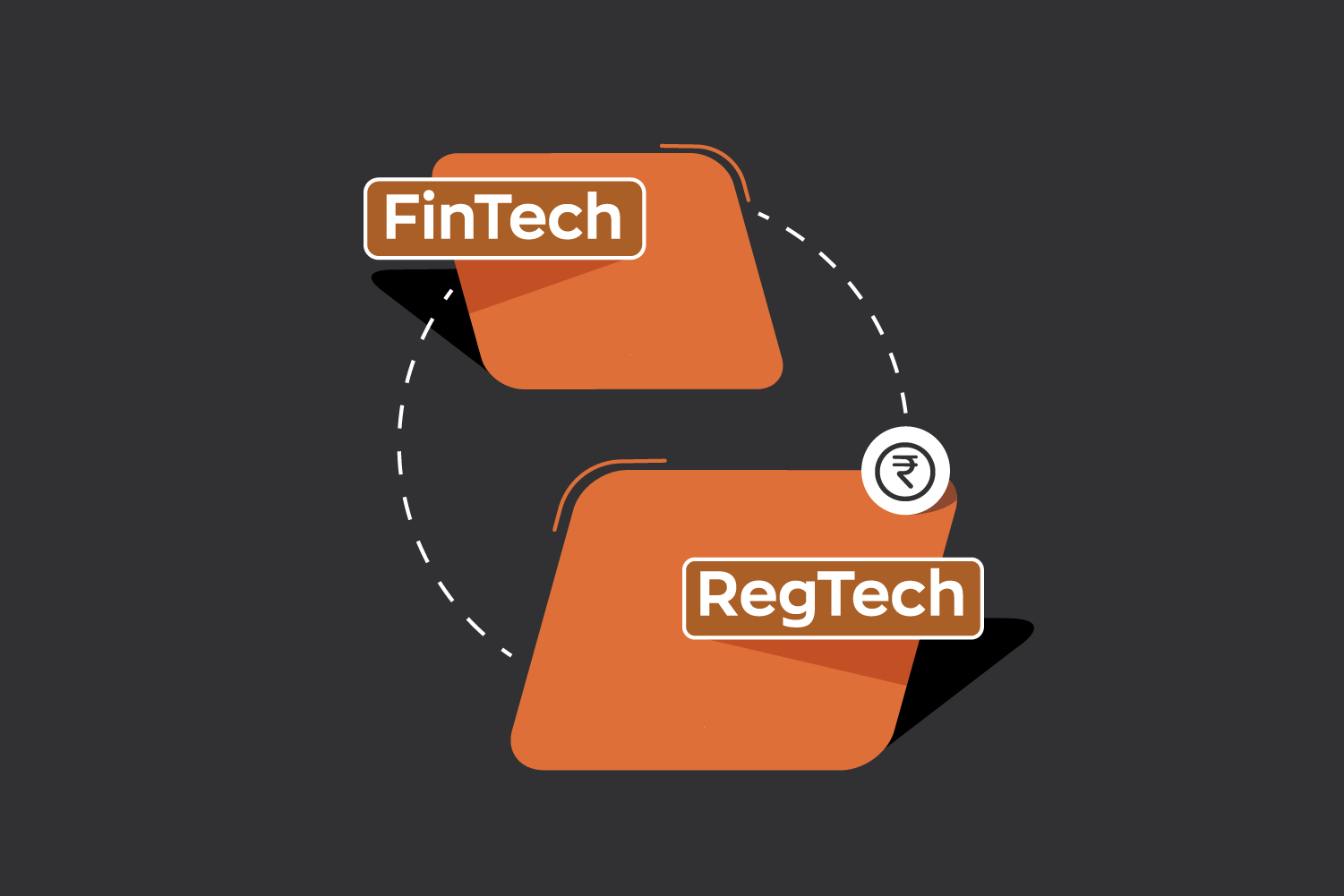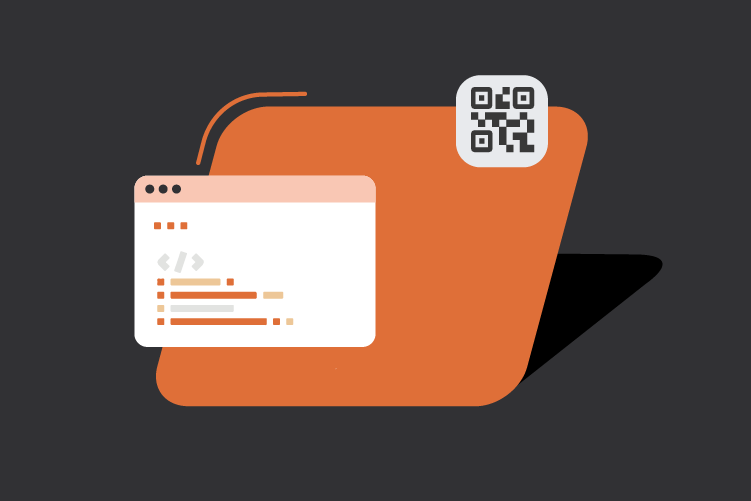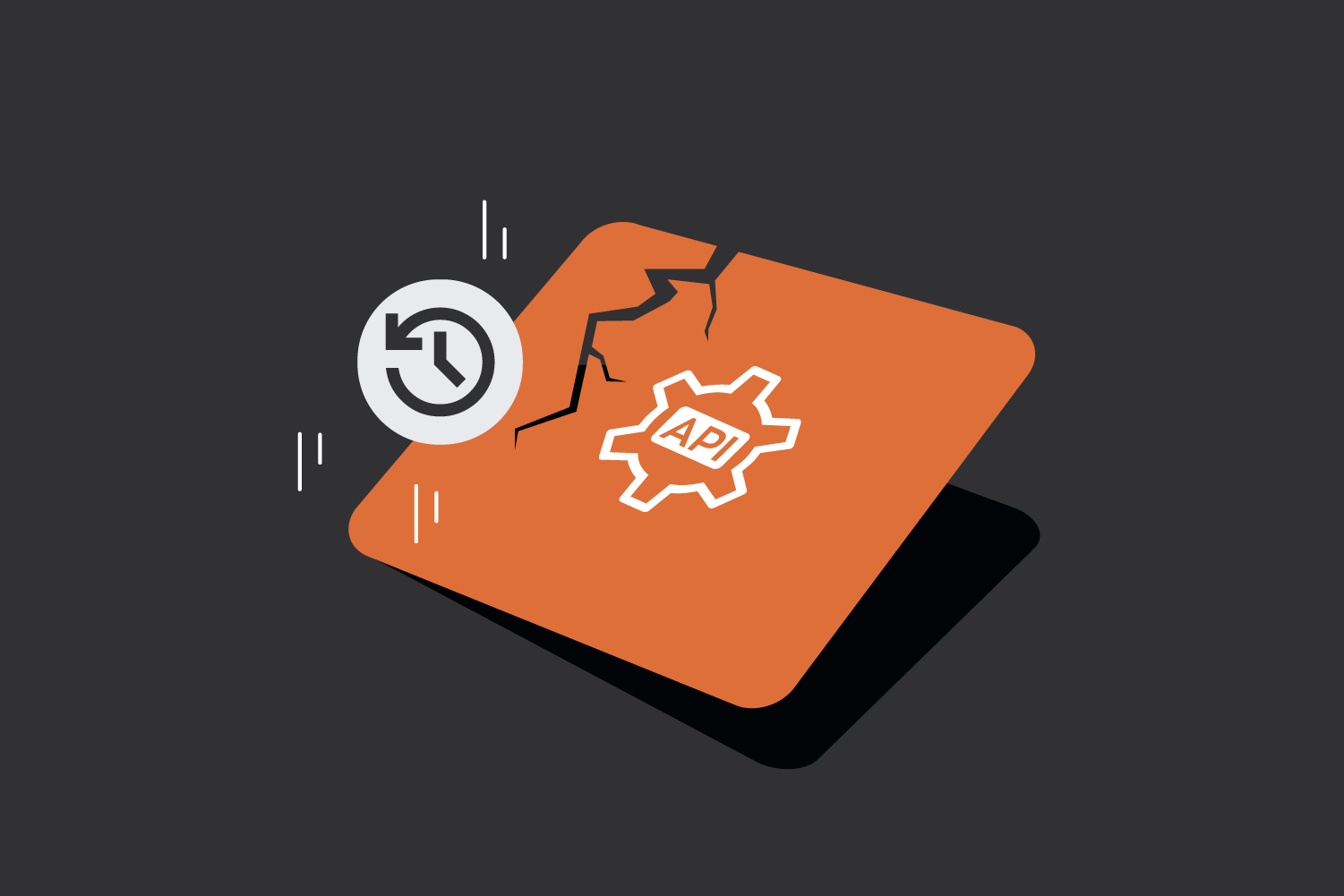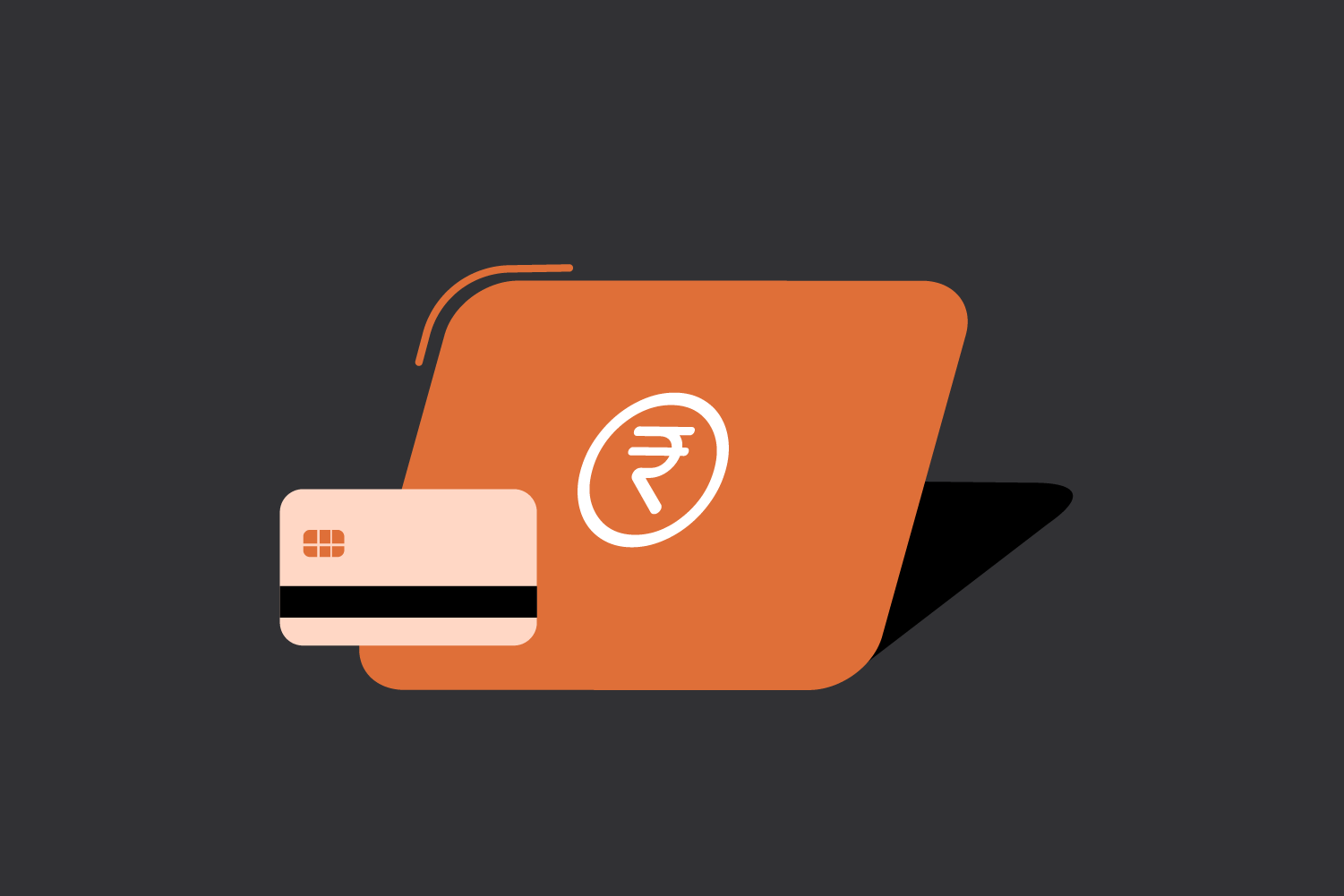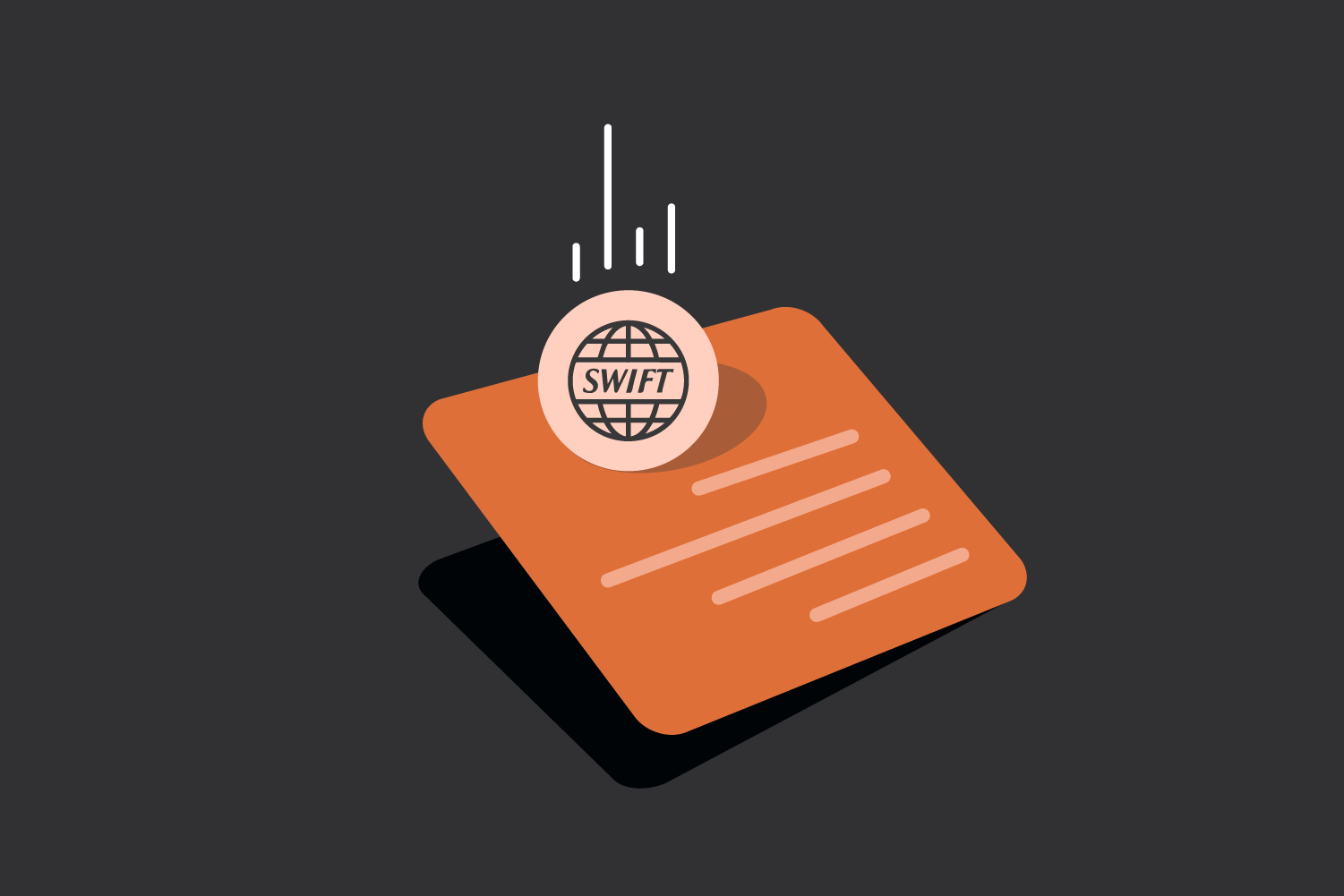Every streaming service, software subscription, and digital membership runs on a well-structured financial system—recurring payments. These automated transactions have reshaped commerce, turning occasional buyers into long-term customers and uncertain income into steady revenue. For both businesses and consumers, grasping how recurring payments work isn’t just helpful—it’s key to staying ahead in today’s economy.
What are Recurring Payments?
Recurring payments are automatic transactions scheduled at fixed intervals between a customer and a business. Unlike one-time purchases that require manual payment each time, these transactions are processed automatically based on prior authorization.
Some common examples include:
- Monthly subscriptions for streaming services that offer uninterrupted entertainment.
- Regular payments for gym memberships that grant ongoing access to fitness facilities.
- SaaS subscriptions for software tools businesses depend on, for daily operations.
- Automated utility bill payments to ensure essential services continue without disruption.
These automated transactions differ from one-time payments in several key aspects: they require initial authorization, follow a set schedule, and continue until explicitly canceled or until they reach a predetermined end date.
How do Recurring Payments Work?
The mechanism behind recurring payments involves several steps and participants working together seamlessly. Here’s a detailed breakdown of the process:
1. Authorization and setup
Initially, customers provide their payment information and authorize future automatic deductions. This setup typically includes:
– Selecting a payment method (credit card, debit card, or bank account).
– Agreeing to the payment schedule and terms.
– Providing necessary authentication for security purposes.
2. Automated processing
Once authorized, the system handles regular deductions through:
– Scheduled payment initiation on predetermined dates.
– Automatic validation of payment information.
– Processing of the transaction through secure channels.
3. Payment processing roles
Different entities play crucial roles in the process:
– Banks verify and transfer funds between accounts.
– Payment processors handle the technical aspects of transactions.
– Payment gateways ensure secure data transmission.
Types of Recurring Payment Models
1. Fixed recurring payments:
- Set amount charged at regular intervals.
- Predictable for both business and customer.
- Commonly used for subscription services and membership fees.
2. Variable recurring payments:
- Amount changes based on usage or consumption.
- Requires clear communication about variations.
- Typically used for utility bills or usage-based services.
How to Stop or Cancel Recurring Payments?
Most recurring payments can be stopped in three ways:
1. Through the service provider’s website under “Account Settings” or “Billing”
2. Call your bank to block the charges
3. Contact your credit card company to stop payments
Always cancel a few days before your next payment and save any confirmation emails. If you can’t find the cancel button on the website, check your welcome email from the service provider – it often has cancellation instructions.
The easiest way is usually through the service provider’s website or app, but some companies make this tricky to find. If that’s the case, don’t hesitate to contact their customer support directly. While banks can help block payments, this should be your last option since it might involve fees. Whatever method you choose, keep an eye on your statements for the next month or two to make sure the charges have actually stopped.
Why Payment Gateways Matter in Recurring Payments?
Modern payment gateways are essential tools that help businesses handle recurring payments safely and efficiently. They keep payments secure by encrypting all transactions from start to finish, requiring multiple steps to verify users’ identities, and actively watching for and stopping fraud before it happens. These systems also follow strict globally accepted security rules to protect everyone’s data.
When it comes to managing payments, these gateways automatically try again if a payment fails, smartly choose the best way to process each payment, and keep track of all transactions as they happen. Business owners can also see detailed reports and analysis of their payment activity, helping them understand how well their payment system is working.
Interested in our APIs? Let’s talk!
Tell us your automation goals, and we’ll set you up with a free, personalized demo from our API expert.
Click HereBenefits of Recurring Payments
For businesses
Implementing recurring payments provides numerous advantages:
- Guaranteed regular income streams that improve cash flow planning.
- Reduced administrative overhead and manual processing.
- Lower transaction failure rates through smart retry mechanisms.
- Enhanced customer satisfaction through convenient payment options.
For customers
Customers benefit from:
- Hassle-free automatic payments that save time.
- No risk of missing payment deadlines.
- Transparent transaction history.
- Flexible payment management options.
Recurring payments have changed the way businesses handle regular transactions in today’s digital age. With automated systems managing payments, businesses can focus on growth while offering customers secure and convenient payment options. By using and updating these systems, businesses ensure steady cash flow, protect customer data, and stay competitive. The key to success is choosing the right payment solution and keeping up with security standards for safe and smooth transactions.
At Zwitch, we understand the importance of efficient payment systems in driving business growth. Our low-code payment gateway, powered by OPEN, integrates seamlessly with leading acquiring banks, simplifying transactions and reducing payment complexities.
With quick setup, fast settlements, and competitive pricing, Zwitch helps businesses improve transaction efficiency, reduce cart abandonment, and expand their digital payment capabilities. By choosing the right payment solution, businesses can focus on their core goals while delivering a smooth and reliable payment experience to their customers.


